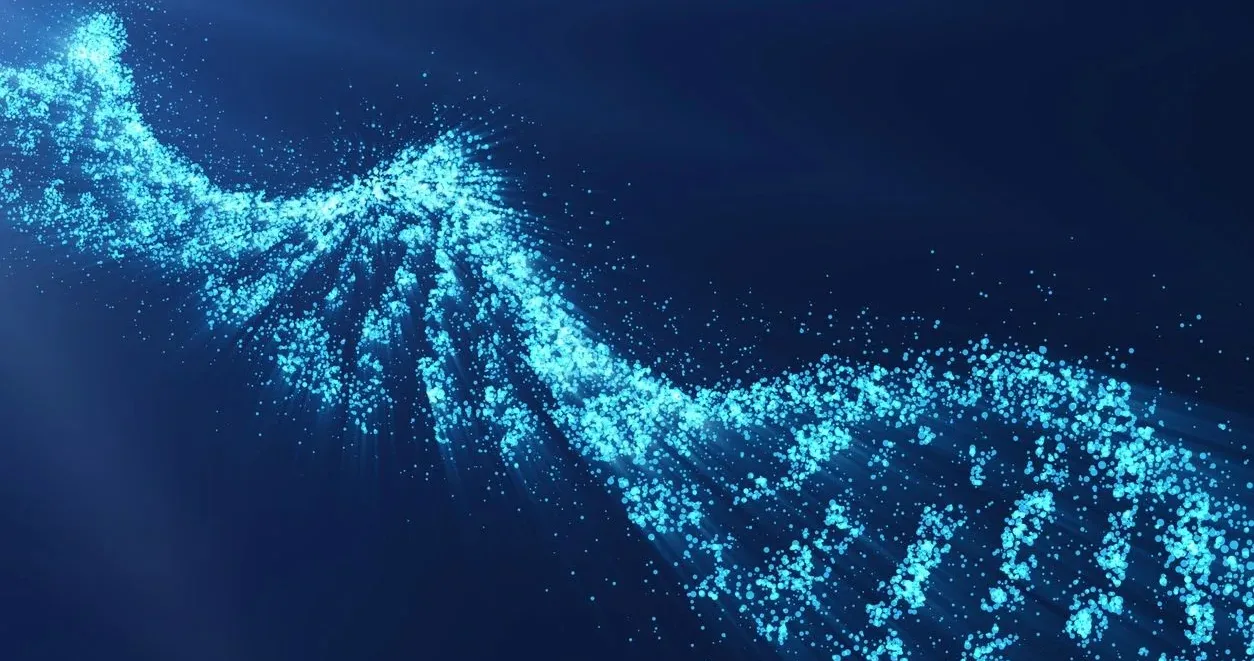Gravity Columns: Revolutionizing Nucleic Acid and Protein Purification

The world of biosciences has witnessed a paradigm shift with the advent of gravity columns, particularly in the realm of nucleic acid purification and protein purification. Known for their high performance and efficiency, gravity columns have been embraced by top laboratory suppliers of biosciences like Beingbio. These columns are invaluable tools for purifying recombinant proteins, offering superior purification performance that stands unrivaled in the industry. Unraveling the Concept of Gravity Columns
Gravity columns operate on the fundamental principle of gravity flow. These devices are designed to facilitate the separation of various molecular entities based on their size and charge. The larger molecules flow through the column faster, while smaller ones are retained, a process that ensures high precision and effectiveness in molecular separation.

The Central Role of Gravity Columns in Nucleic Acid Purification
When it comes to nucleic acid purification, gravity columns have ushered in an era of unparalleled efficiency. They utilize the principles of anion-exchange chromatography, allowing for the isolation of ultra-pure, high-molecular-weight genomic DNA. The columns operate through gravity flow, thus minimizing shearing and ensuring the easy extraction of high-molecular-weight genomic DNA.
Step-by-Step Process of Nucleic Acid Purification
The process begins with the lysis of samples under specific conditions, which aids in the removal of erythrocytes. Following an incubation period with Proteinase K, the sample is diluted and loaded onto the gravity column. The high-salt buffer elutes the genomic DNA, which is then precipitated with isopropanol. This meticulous process guarantees the extraction of highly purified and intact genomic DNA.
Gravity Columns and Protein Purification
Gravity columns have been instrumental in revolutionizing protein purification. They employ size exclusion chromatography, also known as gel filtration chromatography, which is ideal for desalting and size fractionation.
Understanding Size Exclusion Chromatography
In size exclusion chromatography, the matrix beads within a column contain pores. Molecules or compounds capable of entering these pores traverse a longer path through the column compared to larger molecules or complexes that can’t enter the pores. This results in the separation of molecules based on their size, with larger molecules being eluted first.
Distinguishing Between Desalting and Size Fractionation
In desalting, a considerable size difference exists between the target molecules and unwanted small molecules or salts. The size exclusion limit is chosen such that it is lower than the size of the target molecules, ensuring they are excluded from the pores and eluted after the void volume. On the other hand, size fractionation involves the retention of all molecules by the column, with each molecule’s retardation related to its size and shape, leading to the sequential elution of molecules by size.
Selection and Use of Desalting Columns
Desalting columns are typically used with proteins and nucleic acids and serve as a fast, simple method for purifying these biomolecules from salts and small molecules. They have diverse applications, including salt removal, buffer exchange, removal of unreacted radioisotope from a sample, removal of dNTPs and other nucleotides, and dye terminator removal from sequencing reactions, among others
BeingBio offers a wide choice of desalting columns in gravity, spin, and pressure-compatible formats. These columns, available pre-equilibrated with Tris or SSC, can cater to a range of sample sizes and uses. For riboprobe cleanup, columns pre-equilibrated with ribonuclease-free buffer are also available.
Conclusion
The advent of gravity columns has significantly changed the landscape of nucleic acid and protein purification. With their high performances, they have become an indispensable tool in the field of biosciences, particularly for top biosciences and laboratory suppliers like Beingbio. As we continue to explore their potential, it becomes increasingly clear that gravity columns represent an exciting frontier in the world of molecular separation.
